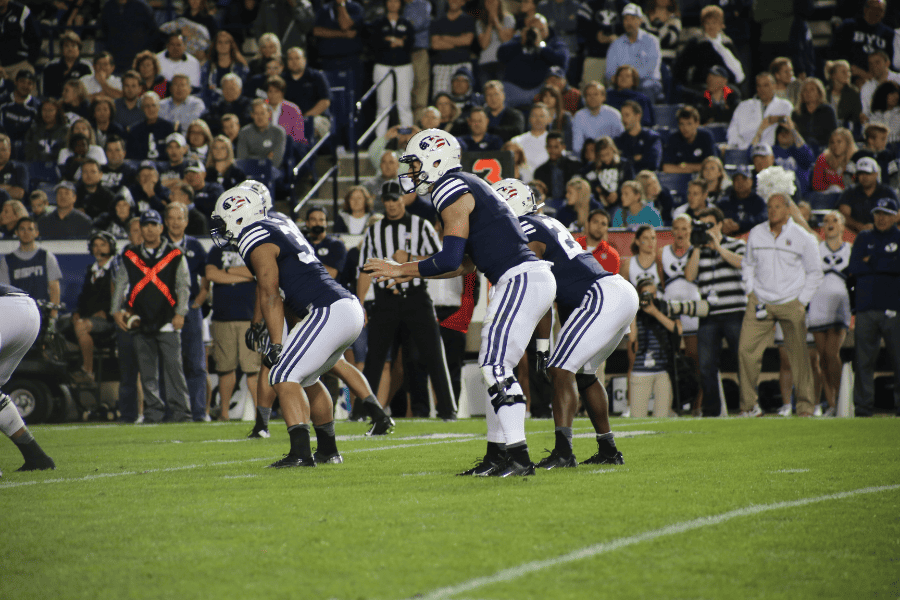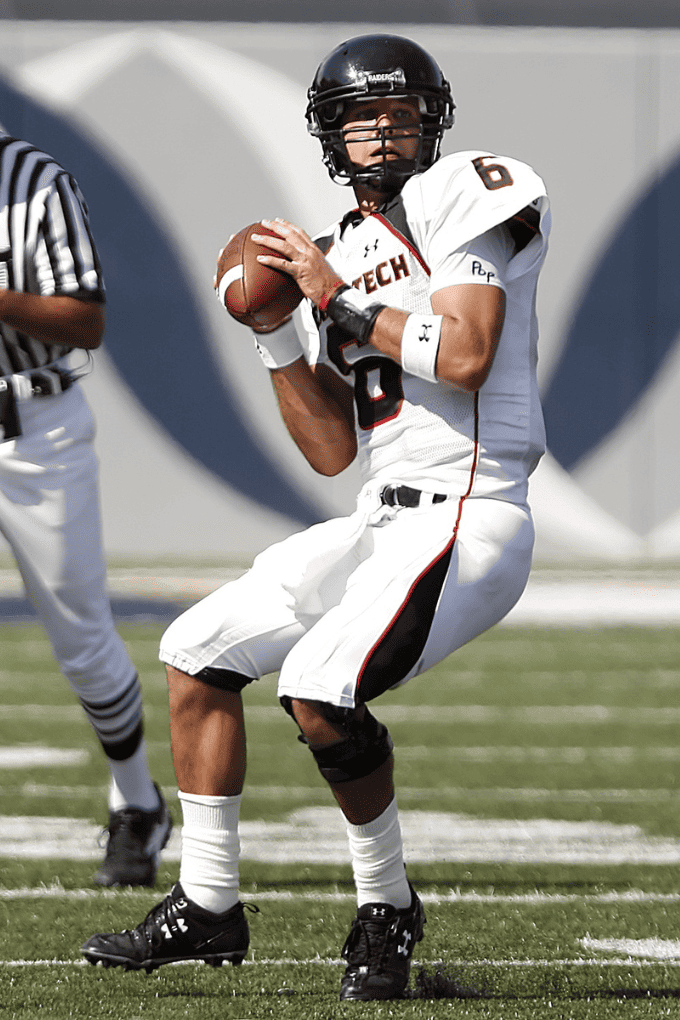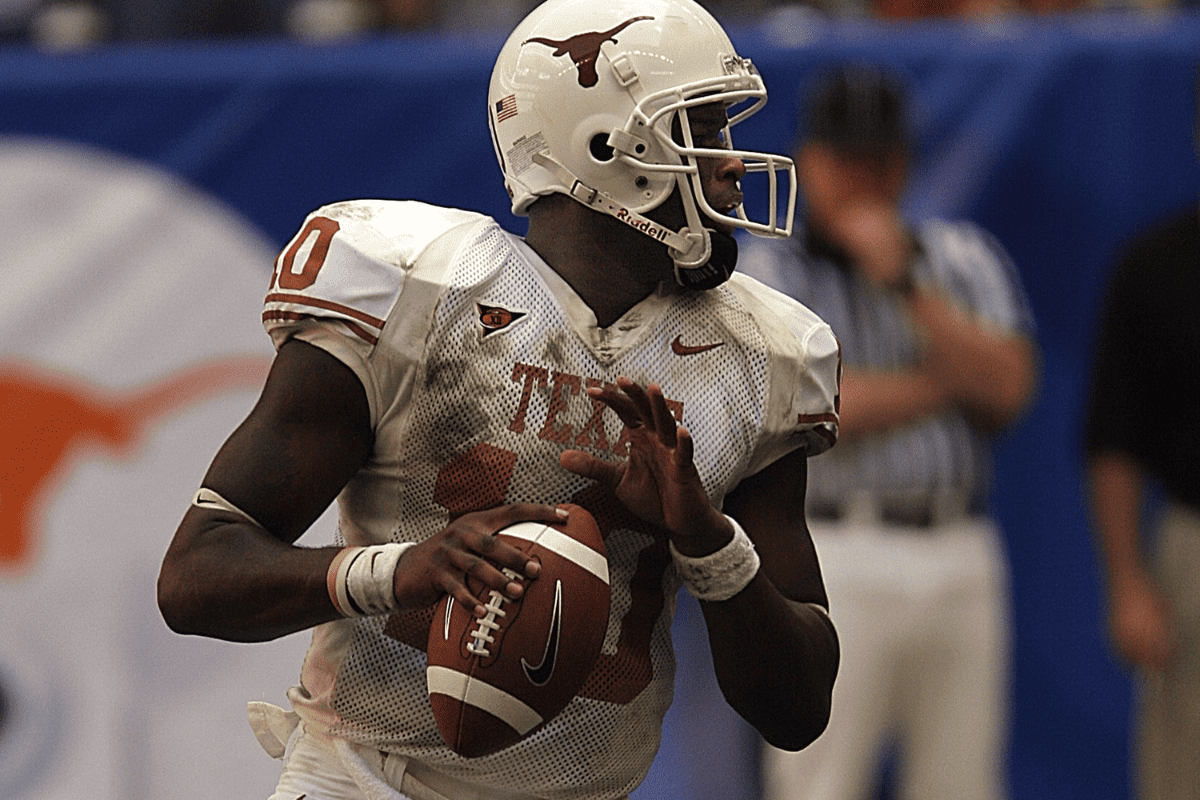What Does a Quarterback do in Football?
Football is a popular team sport that is played all over the world but is most well-known in the US. It involves two teams of 11 players, who try to score points by carrying or throwing a ball across the opposing team’s goal line.
While each player has a specific role to play, the quarterback is often considered to be the most important position on the team.
Quarterback’s Role
The quarterback is responsible for leading the team’s offense, which means they are in charge of making plays and moving the ball down the field. The quarterback is typically the player who receives the ball from the center at the beginning of each play and then decides whether to pass it, hand it off to a running back, or keep it themselves and run with it.
The quarterback’s role is crucial to the success of the team, as they are responsible for coordinating the entire offensive strategy.
They must have a strong understanding of the game, the skills of their teammates, and the opposing team’s strengths and weaknesses. They must also have the physical and mental abilities to execute their plans on the field, including throwing accurate passes, avoiding sacks, and making split-second decisions under pressure.
The quarterback position is often considered to be the most important in football because of its central role in the offense.
A good quarterback can make all the difference in a game, leading their team to victory through their ability to read defenses, make accurate throws, and make quick decisions.
It’s not uncommon for teams to spend significant amounts of money to recruit and retain top quarterbacks, as they know that having a skilled quarterback on their team can be the difference between winning and losing.
Quarterback’s Responsibilities
The quarterback has a wide range of responsibilities both before and during the play, which requires a high level of skill and knowledge of the game. Let’s take a closer look at the quarterback’s duties during each phase of the play.
Pre-Snap Responsibilities

Before the ball is snapped, the quarterback must assess the defense and adjust the offensive play if needed (referred to as calling an audible).
This includes reading the defense to determine their formation and tendencies, calling out the play to the rest of the offense, and making adjustments based on what they see. The quarterback must also analyze the positioning of their own team and decide which players should be involved in the play.
Snap and Post-Snap Responsibilities:
Once the ball is snapped, the quarterback’s role becomes more action-oriented.
Outside of some form of a trick play, the quarterback will receive the ball from the center. The quarterback may then hand off the ball to a running back, keep the ball and run with it themselves, or pass the ball to a receiver.
The quarterback must make these decisions quickly, often in a matter of seconds, while also avoiding defenders and keeping track of their teammates’ movements.
If the quarterback chooses to pass, they must throw an accurate pass to the intended receiver, taking into account the positioning of the defense. If the quarterback chooses to run, they must navigate through the defense and make decisions on if or when to slide or run out of bounds to avoid injury.
Throughout the play, the quarterback must also be aware of the clock, the score, and the situation of the game. They must communicate with their teammates, make adjustments on the fly, and make quick decisions based on what they see happening on the field.
Overall, the quarterback’s responsibilities require a unique combination of physical and mental skills, including agility, accuracy, decision-making, leadership, and communication. The quarterback is the ultimate decision-maker on the field, and their actions can have a significant impact on the outcome of the game.
Skills of a Good Quarterback

Physical abilities:
- Arm strength: A quarterback needs to have the arm strength to throw the ball long distances with accuracy and velocity. This allows them to make deep throws and stretch the defense, opening up opportunities for their teammates.
- Accuracy: A quarterback must be able to place the ball where their intended target can catch it, even when under pressure. This includes being able to lead receivers and throw into tight windows.
- Mobility: A quarterback’s mobility refers to their ability to move around the pocket, avoid pressure, and extend plays with their feet. While some quarterbacks are known for their speed and rushing ability, others rely on their mobility to buy time and create opportunities for their team.
Mental Abilities:
- Decision-making: A quarterback must be able to process information quickly and make decisions on the fly. This includes recognizing defensive schemes, identifying potential opportunities, and determining the best course of action for each play.
- Leadership: A quarterback is often seen as the leader of the team, both on and off the field. They must be able to inspire their teammates, communicate effectively, and make tough decisions when necessary.
- Awareness: A quarterback must have a deep understanding of the game, including their own team’s strengths and weaknesses and the tendencies of the opposing team. They must be able to read the defense and adjust their play accordingly, while also keeping track of the clock, the score, and the game situation.
In addition to these core skills, quarterbacks must also have excellent communication skills, as they must be able to direct their teammates and communicate with coaches and other personnel.
They must also be able to handle pressure and perform well in high-stakes situations, such as in the playoffs or in the final minutes of a close game.
Types of Quarterbacks

In football, there are two main types of quarterbacks: pocket passers and dual-threat quarterbacks. Let’s take a closer look at each type.
- Pocket Passers: Pocket passers are quarterbacks who primarily rely on their arm strength and accuracy to deliver passes from within the pocket. They are often tall and have a strong arm, and they rely on their ability to read the defense and make quick decisions. Pocket passers are typically less mobile than dual-threat quarterbacks, and they often rely on their offensive line to protect them from the opposing defense.
Pocket passers are known for their ability to make deep throws down the field and pick apart defenses with their accuracy.
They are often viewed as more traditional quarterbacks, and many of the all-time great quarterbacks, such as Joe Montana, Tom Brady, and Peyton Manning, are considered pocket passers.
- Dual-Threat Quarterbacks: Dual-threat quarterbacks, on the other hand, are known for their ability to both pass and run the ball effectively. They are typically more mobile than pocket passers and can often make plays with their feet when the pocket breaks down. They can create opportunities for themselves and their teammates by scrambling out of the pocket, extending plays, and keeping defenses off balance.
Dual-threat quarterbacks are often viewed as more exciting and dynamic players, and they can be difficult for defenses to game-plan against.
Some of the most successful quarterbacks in recent years, such as Lamar Jackson, Patrick Mahomes, and Russell Wilson, are considered dual-threat quarterbacks.
Overall, both types of quarterbacks have their own strengths and weaknesses, and each can be successful in their own way.
However, the style of quarterback that a team chooses to employ will often depend on their offensive scheme, personnel, and game plan.
Final Thoughts
The quarterback is a vital position in football, with responsibilities that extend far beyond simply throwing the ball.
From pre-snap reads to post-snap decisions, a quarterback must possess a wide range of physical and mental skills to lead their team to victory. They must also have excellent communication skills, be able to handle pressure and perform well in high-stakes situations.
The impact a good quarterback can have on a team’s success cannot be overstated. A great quarterback can elevate a team to new heights, leading them to victories and championships.
On the other hand, a weak or inexperienced quarterback can drag a team down, making it difficult for them to compete at a high level.
In football, the quarterback is often viewed as the face of the franchise, the leader of the team, and the player who has the greatest impact on the outcome of the game. With so much riding on their shoulders, it’s no wonder that quarterbacks are among the most celebrated and scrutinized players in all of sports.

